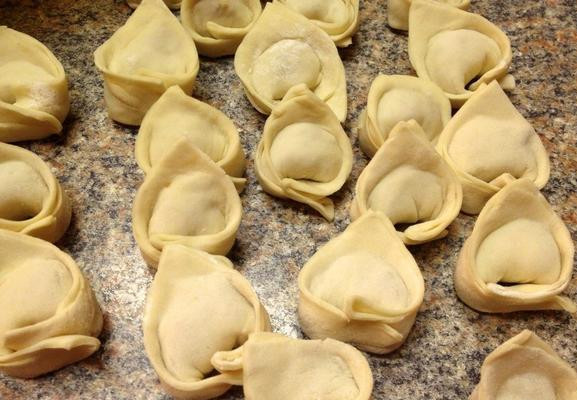Facts About Chuchvara
Joshpara is a delectable type of dumpling that enjoys widespread popularity in Central Asia, the Caucasus, and the Middle East. The name "Joshpara" carries an interesting etymology: "Josh" means "to boil" and "para" means "piece." Before the 10th century, it was known as "Joshpara" but it later adopted the Persian name "gosh e-barreh" which translates to "lamb's ear." The dish is referred to by various names in different languages, including Azerbaijani, Kazakh, Kyrgyz, Tajik, Uzbek, and Uyghur.
Several theories exist regarding the origin of the name. One hypothesis suggests it originates from the Turkic word "düşbərə." As the dish journeyed across regions, it adopted new names and variations. In Western Siberia, the Finno-Ugric people call it "pelnan" whereas in Russia, it is known as "pelmeni."
Each region adds its unique twist to these flavorful dumplings. In Turkic and Persian cuisines, you can find variations such as "Düşbərə" in Azerbaijan, Iran, Tajikistan, Uzbekistan, and Uyghur regions. These dumplings are typically filled with meat and spices, encased in unleavened dough. They are often enjoyed in a clear soup, with vinegar, or accompanied by a savory sauce.
In the Arab world, the dish is known as "shishbarak" and is popular in countries like Iraq, Jordan, Lebanon, Palestine, Syria, and Saudi Arabia. In this version, the dumplings are made from thin wheat dough filled with ground beef and spices, then cooked in yogurt and served hot. This iteration has been a cherished part of Arab cuisine for centuries, with recipes dating back to the 15th century.

 Afghanistan
Afghanistan